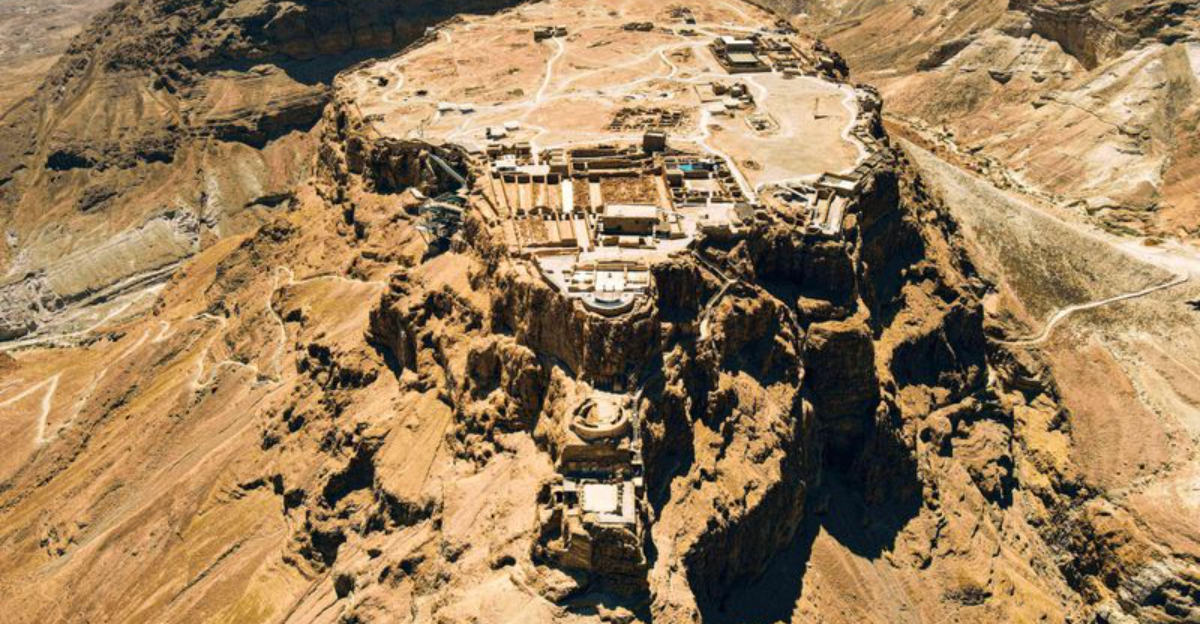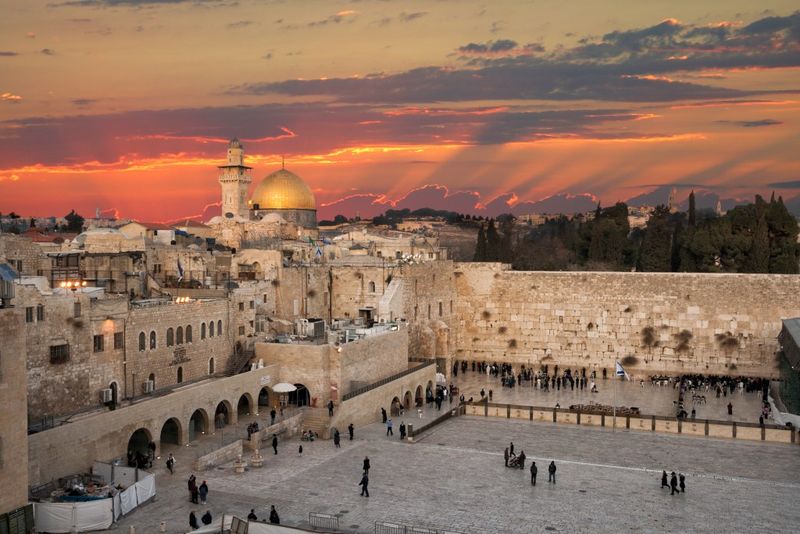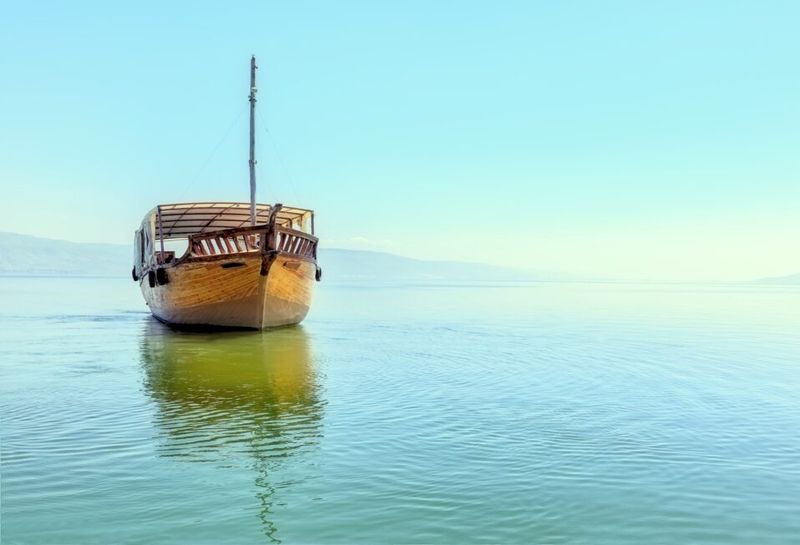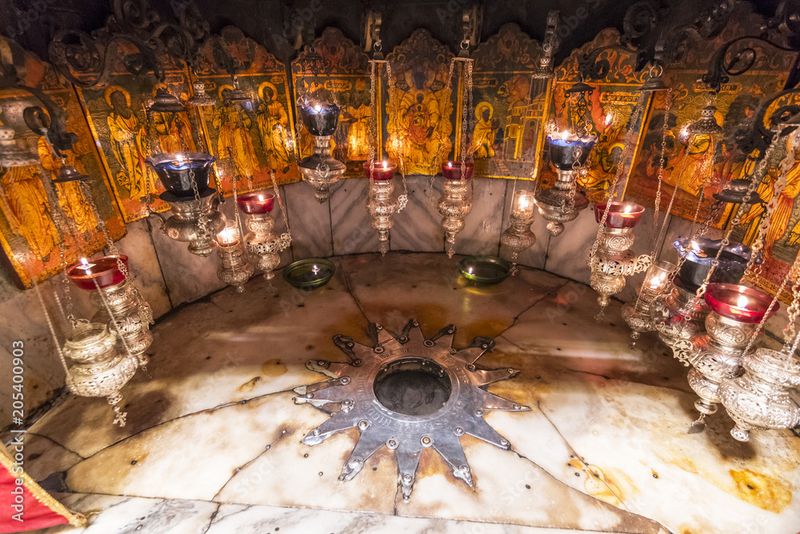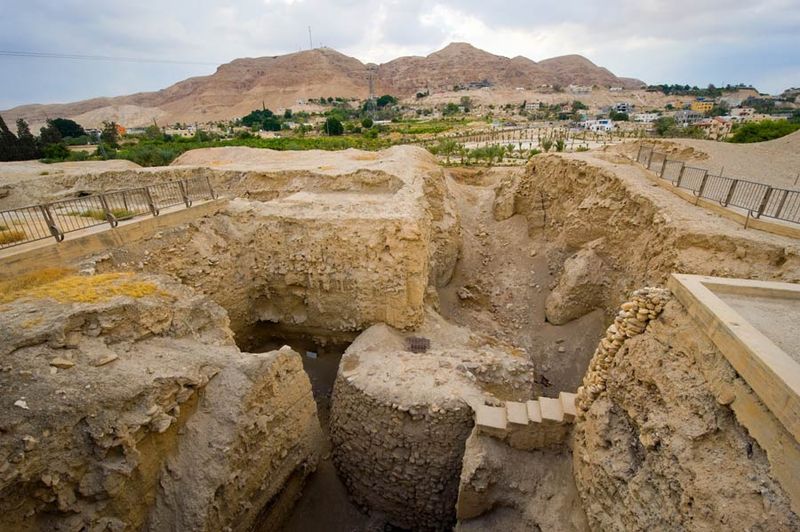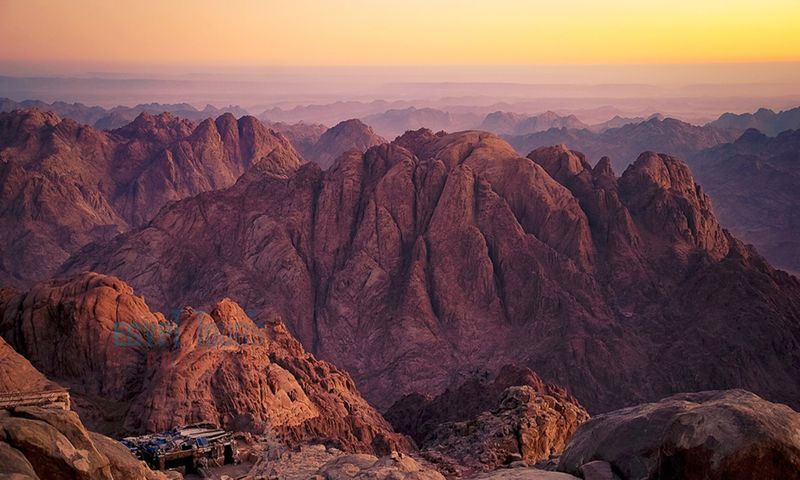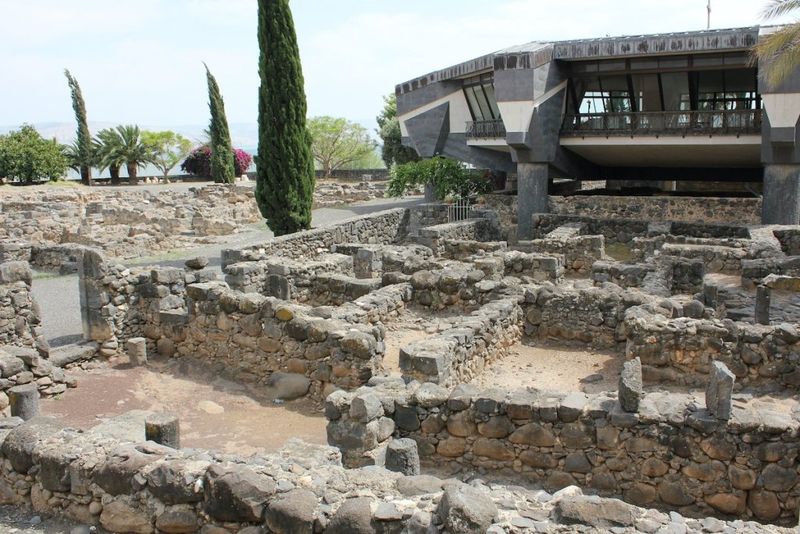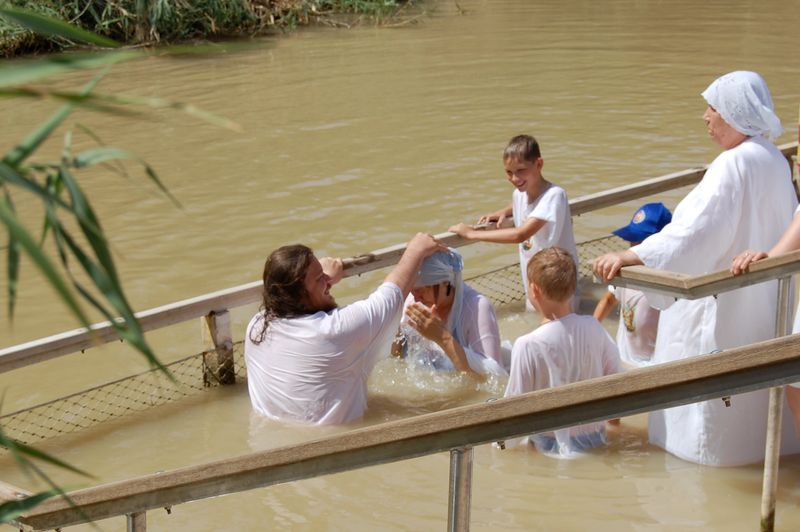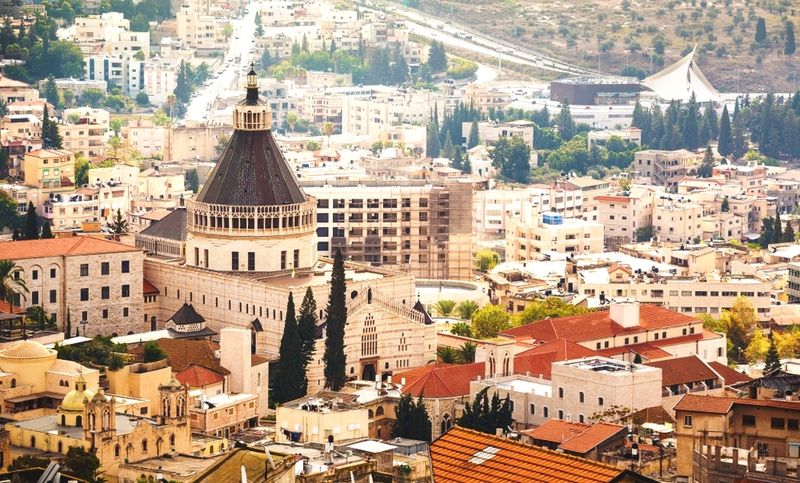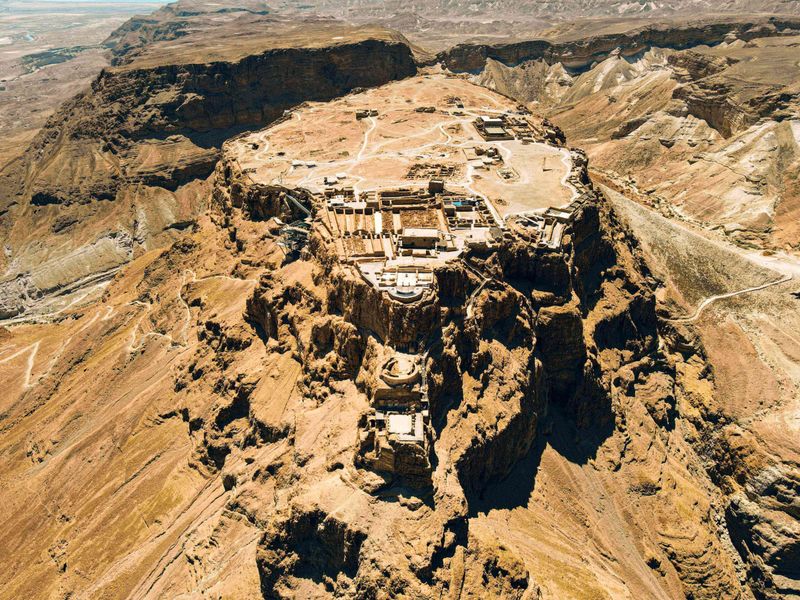For many, the Bible serves as a spiritual guide. For others, it’s a historical document with real places you can visit today. The archaeological evidence supporting many Biblical locations offers a connection between ancient texts and our modern world. Walking where Biblical figures once stood brings history to life in a powerful way.
Jerusalem’s Western Wall: Ancient Stones of Faith
Standing tall for over two millennia, the Western Wall represents the last remnant of the Second Temple, destroyed by Romans in 70 CE. Jewish worshippers tuck handwritten prayers between its massive limestone blocks, creating a moving scene of devotion.
Originally built by King Herod, this wall appears throughout Biblical narratives. Jesus taught in the Temple courts nearby, and the site holds deep significance for three major world religions.
Visitors of all faiths are welcome to approach the wall, though men and women pray in separate sections according to tradition.
Sea of Galilee: Where Jesus Calmed the Waters
Rippling beneath the Golan Heights, this heart-shaped freshwater lake witnessed numerous Biblical miracles. Jesus walked across its surface during a storm, calmed raging waves with a command, and recruited several disciples from fishing boats along its shores.
Modern visitors can sail wooden boats resembling those from Biblical times. The surrounding hillsides remain dotted with sites mentioned in the Gospels – Capernaum, the Mount of Beatitudes, and Tabgha.
At sunrise, when mist hovers over the water, it’s easy to imagine why Jesus chose this peaceful setting for many teachings.
Bethlehem’s Church of the Nativity: Birthplace of Jesus
Marked by a 14-point silver star on the marble floor, the exact spot where tradition says Jesus was born draws pilgrims from worldwide. The church above this grotto dates to 339 CE, making it one of Christianity’s oldest continuously operating churches.
Narrow stone steps lead down to the cave-like chamber where Mary reportedly delivered her child. Hanging oil lamps cast golden light across ancient walls that have survived invasions, earthquakes, and fires.
Despite being located just six miles from Jerusalem, Bethlehem now sits within Palestinian territory, a reminder of the complex history that continues to shape this sacred region.
Jericho: World’s Oldest Continuously Inhabited City
Nestled in the Jordan Valley sits a city so ancient that its earliest walls date back 11,000 years. Jericho features prominently in the Bible as the first conquest of the Israelites after crossing the Jordan River, where walls famously crumbled after Joshua’s army marched around them.
Archaeological excavations have uncovered over 20 successive settlements built atop one another. Springs that have flowed continuously for millennia explain why humans have always settled here.
Modern visitors can explore Tel es-Sultan, the archaeological mound containing these ancient ruins, while nearby, sycamore trees recall the Biblical story of Zacchaeus.
Mount Sinai: Where Moses Received the Ten Commandments
Rising from Egypt’s Sinai Peninsula, this rugged mountain peak holds profound significance as the place where Moses received the Ten Commandments directly from God. Pilgrims often begin climbing in darkness to reach the summit for sunrise, a breathtaking moment of spiritual reflection.
At the mountain’s base stands Saint Catherine’s Monastery, built in the 6th century around what’s believed to be the Burning Bush. Inside its walls rests one of the world’s oldest continuously operating libraries, housing ancient Biblical manuscripts.
Whether called Jebel Musa or Mount Horeb, this windswept peak continues to draw those seeking connection with one of history’s most pivotal spiritual moments.
Capernaum: Jesus’s Adopted Hometown
Known as the “Town of Jesus,” this fishing village on the Sea of Galilee served as the center of Christ’s Galilean ministry. Black basalt ruins mark where Jesus healed the paralyzed man lowered through the roof and taught in the synagogue.
Archaeologists have uncovered what many believe was Peter’s house, now encased beneath an octagonal church. Carved stone benches around the synagogue walls remind visitors of where Jesus would have sat to teach his revolutionary ideas.
Fish still swim in the nearby waters where disciples cast their nets, connecting modern visitors with the everyday life Jesus experienced in this lakeside community.
River Jordan: Waters of Baptism
Winding through a rift valley, this modest river holds immense spiritual significance as the site where John baptized Jesus. Today, white-robed pilgrims still immerse themselves in these same waters, continuing a tradition spanning millennia.
Though not physically impressive – in places narrow enough to throw a stone across – the Jordan’s spiritual importance far outweighs its size. Its waters formed a natural boundary in many Biblical narratives, including the Israelites’ entrance to the Promised Land.
Reeds and tamarisk trees line muddy banks that have witnessed countless moments of faith, from ancient prophets to modern believers seeking connection with sacred history.
Nazareth: Childhood Home of Jesus
Tucked among the hills of Galilee, this once-tiny village has grown into a bustling city while preserving its ancient heart. The massive Basilica of the Annunciation marks where the angel Gabriel reportedly told Mary she would bear the Messiah.
Archaeological excavations reveal first-century homes carved into limestone hillsides. These simple dwellings offer glimpses into Jesus’s humble upbringing as a carpenter’s son in a rural Jewish community.
Nearby, Mary’s Well continues to flow, representing the likely water source for the Holy Family. Walking Nazareth’s narrow old streets connects visitors with the formative environment that shaped Jesus before his public ministry began.
Masada: Fortress of the Last Stand
Perched dramatically atop a plateau overlooking the Dead Sea, this ancient fortress witnessed one of the Bible’s aftermath stories. King Herod built this desert palace-fortress, but it gained lasting fame when Jewish rebels made their final stand against Roman legions in 73 CE.
Visitors ascend via cable car or the winding Snake Path to explore remarkably preserved ruins. Roman siege ramps still visible from the mountaintop tell the story of determination from both sides of the conflict.
While not directly mentioned in Biblical texts, Masada represents the culmination of events prophesied in scripture – the destruction of Jerusalem and dispersal of the Jewish people.
